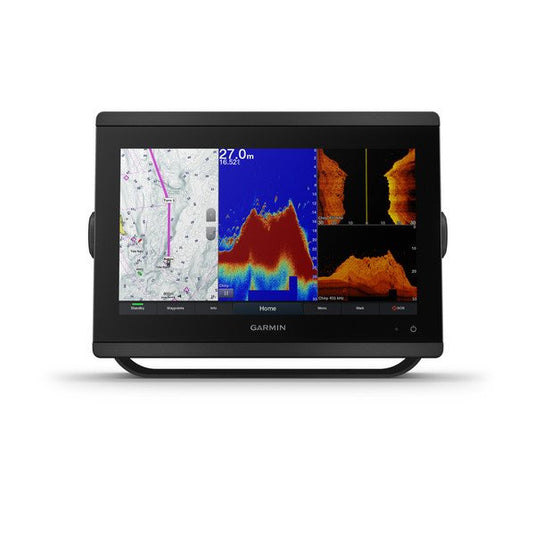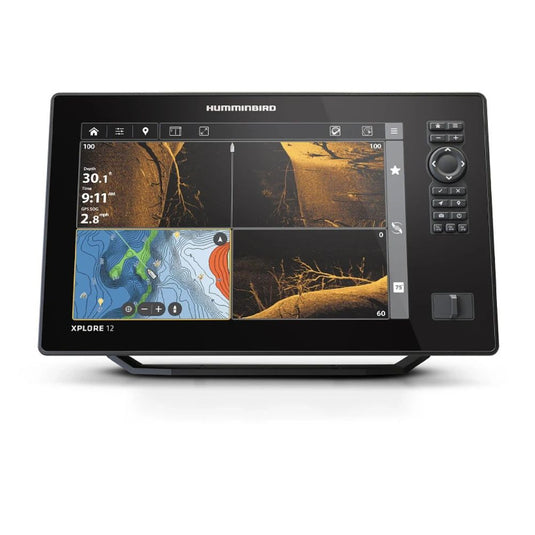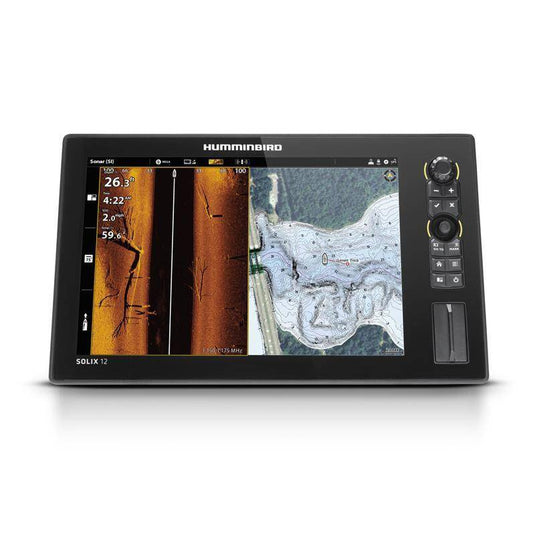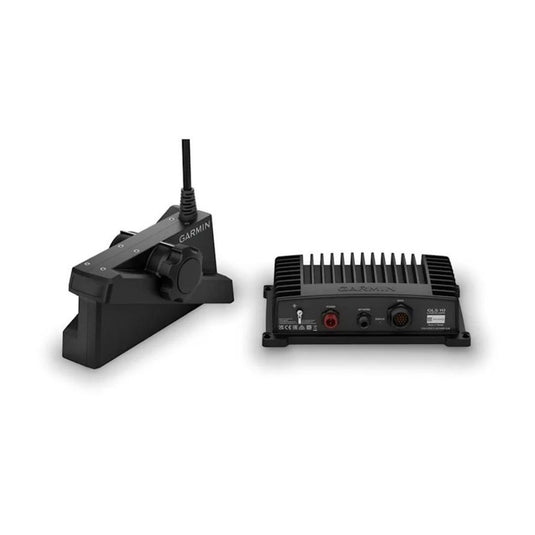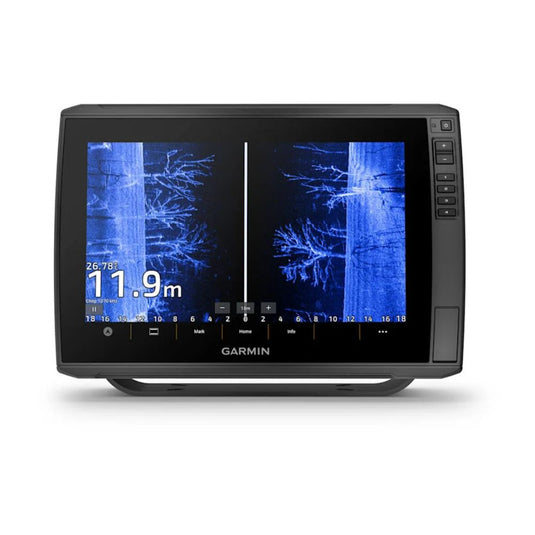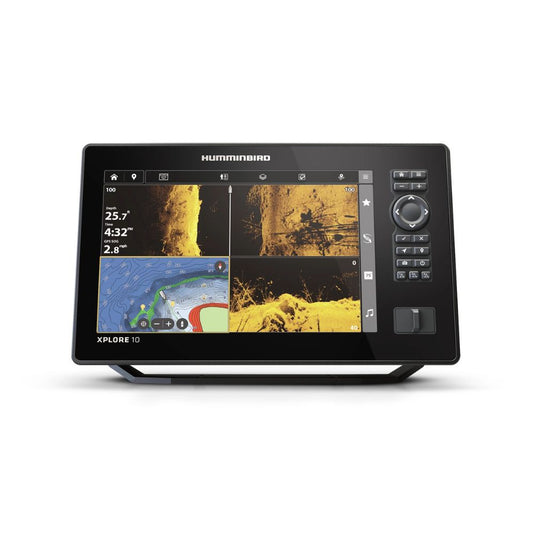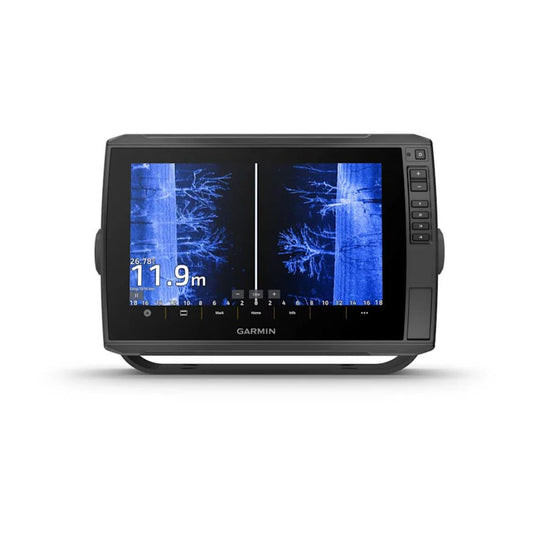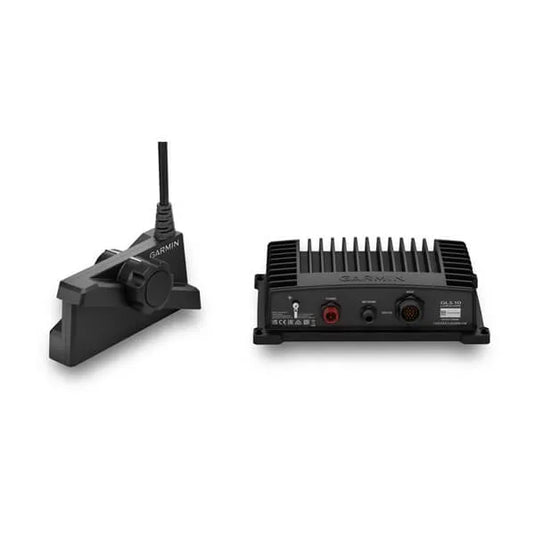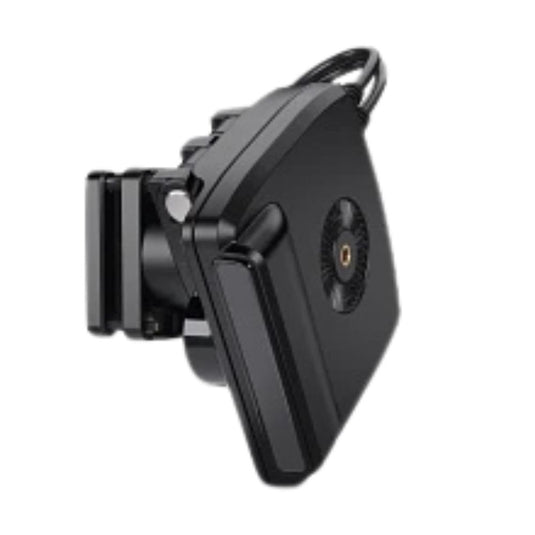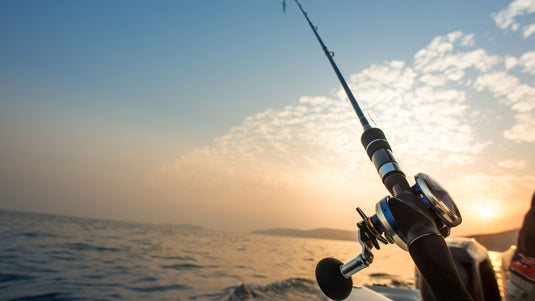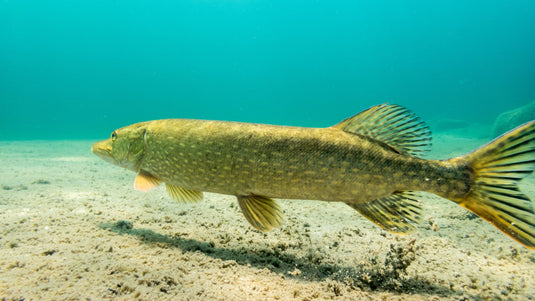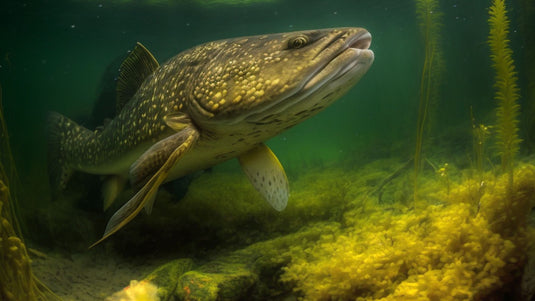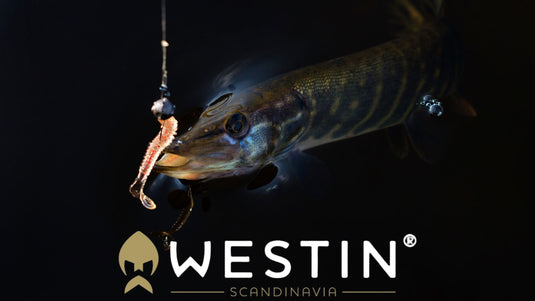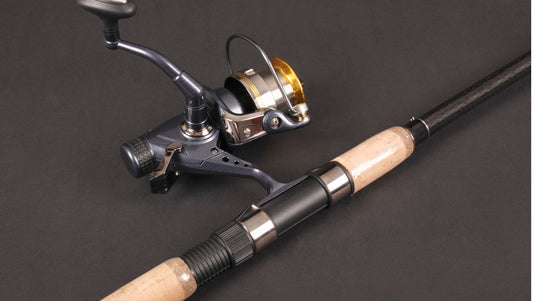Fish Finders: Navigating the Depths of Fishing Technology
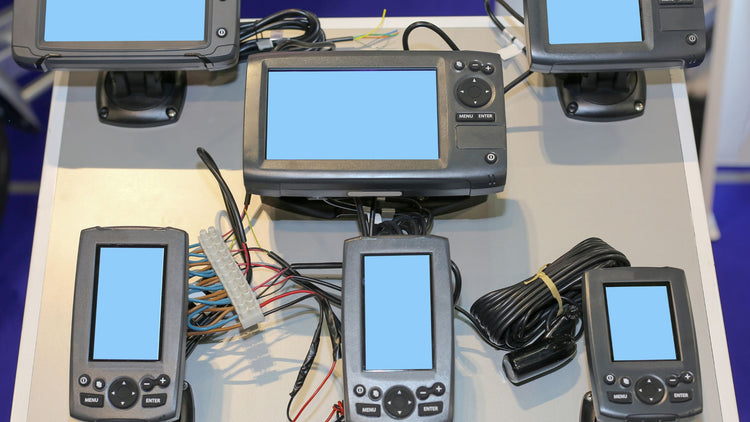
Fishing has evolved from being a simple pastime to a sophisticated sport, thanks in part to advancements in technology. One of the most transformative tools in modern fishing is the fish finder. This device has revolutionized the way anglers locate and catch fish, making the sport more efficient and enjoyable. In this guide, we'll dive deep into the world of fish finders, exploring what they are, how they work, and how to choose the right one for your fishing needs.
What is a Fish Finder?
A fish finder is an electronic device that uses sonar technology to detect objects underwater. Primarily, it helps anglers locate fish by sending sound waves into the water and interpreting the echoes that bounce back. These echoes are displayed on a screen, allowing fishermen to see the size, shape, and depth of objects beneath their boats.
How Do Fish Finders Work?
Fish finders operate using sonar, which stands for Sound Navigation and Ranging. Here's a simplified breakdown of the process:
- Transmission: The fish finder sends out a sound wave (ping) from a transducer mounted on the boat.
- Reflection: When the sound wave hits an object, such as a fish or the bottom of the lake, it bounces back.
- Reception: The transducer receives the reflected sound waves and sends the data to the fish finder's processor.
- Display: The fish finder processes the data and displays it on a screen, showing the angler a visual representation of what’s beneath the surface.

Key Features of Fish Finders
Modern fish finders come with a variety of features that enhance their functionality:
- Display Screen: The size and resolution of the screen can vary, with larger and higher-resolution screens providing clearer and more detailed images.
- Transducer: The quality of the transducer determines the accuracy of the readings. Some models offer multiple frequencies for different depths and clarity.
- GPS Integration: Many fish finders include GPS, allowing anglers to mark hotspots, navigate to specific locations, and track their movements.
- CHIRP Sonar: CHIRP (Compressed High-Intensity Radiated Pulse) sonar sends a continuous range of frequencies, providing more detailed and accurate readings compared to traditional sonar.
- Side Imaging and Down Imaging: These features allow anglers to get a more comprehensive view of the water. Side imaging scans the water to the sides of the boat, while down imaging provides a more detailed look directly beneath the boat.
Choosing the Right Fish Finder
Selecting the right fish finder depends on several factors, including your fishing style, the type of water you fish in, and your budget. Here are some considerations to keep in mind:
- Type of Water: Freshwater and saltwater fishing have different requirements. Saltwater fish finders need to be more robust to handle the corrosive environment.
- Fishing Depth: If you typically fish in deep waters, you'll need a fish finder with a powerful transducer and higher frequencies.
- Portability: For those who fish from kayaks or small boats, portable fish finders can be a convenient option.
- Budget: Fish finders range from basic models to advanced units with multiple features. Determine what features are essential for your needs and find a model that fits your budget.
Tips for Using Fish Finders
To get the most out of your fish finder, follow these tips:
- Read the Manual: Familiarize yourself with the device’s features and settings by reading the manual.
- Regular Calibration: Ensure your fish finder is calibrated correctly for accurate readings.
- Experiment with Settings: Adjust settings like sensitivity and range to get the best results for different fishing conditions.
- Use Mapping Features: Take advantage of GPS and mapping features to mark and revisit productive fishing spots.
Conclusion
Fish finders are invaluable tools that can significantly enhance your fishing experience. By understanding how they work and knowing how to choose the right one, you can increase your chances of a successful catch. Whether you're a seasoned angler or a beginner, investing in a good fish finder can help you navigate the depths and uncover the hidden treasures beneath the water's surface.

